Amid rising tensions with the West, Russia is increasingly modernizing its naval air force and increasing its focus on the Arctic region.
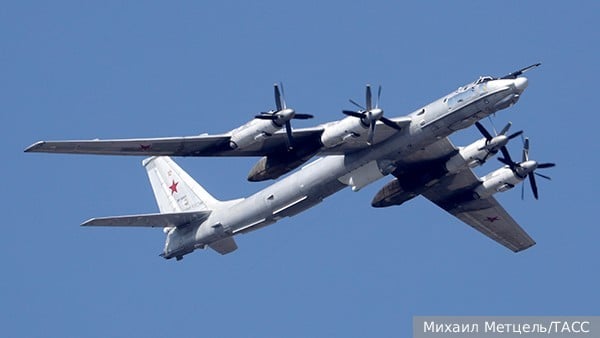 |
| The Russian naval aviation force has a special mission in the Arctic. (Source: TACC) |
Recently, Colonel Andrey Pakhomov, Commander of the Russian Navy's Air Force, stated: "The new doctrine of the Russian Navy mentions the acquisition of modern air force equipment, the development of the airport structure, and the focus on the Arctic, because these are some of the top tasks in the future not only of the fleet but of all of Russia."
The Russian Federation has the world's longest maritime border, much of which is in the Arctic, making it a region of particular importance to the country's security.
Russia's Northern Fleet includes a group of strategic missile-carrying submarines, concentrated mainly in the Arctic.
This area is where US strategic bombers frequently pass through. The Arctic is also the launching boundary of cruise missiles of both the Russian and US navies. It is not without reason that multi-purpose nuclear submarines of the UK and the US have long been deployed here for reconnaissance and monitoring the situation.
In the Arctic, geographical conditions have created very specific risks for Russia's security. It can be said that 99% of the tasks of the Russian naval aviation are concentrated in the West, in the Norwegian and Barents Seas, because other areas of the Arctic are covered by ice.
The most important task of the Russian naval aviation is to coordinate with the surface fleet to search for and destroy enemy submarines and surface ships. In the conditions of the relatively small number of Russian maritime space reconnaissance satellites, the naval aviation reconnaissance is the only channel to designate targets for the fleet to decide whether to use long-range missiles to attack or not. If this activity is interrupted, all weapons such as Zircon hypersonic missiles or Oniks cruise missiles become meaningless, because there is no data on the location of the target.
With two separate fighter air regiments and an aircraft carrier (under repair), the Russian naval aviation branch is always looking for ways to gain air superiority over the seas.
During the Soviet era, minelaying and mine clearance were both carried out by the Soviet naval aviation. The main means of mine clearance used by the Soviet navy was the Mi-14BT helicopter, and minelaying was carried out by anti-submarine aircraft. This capability is no longer maintained by the Russian naval aviation.
In the context of the increasing risk of conflict with the West, to avoid being passive in any situation, Russia used the 4th Guards Air Force Regiment from the Baltic in combination with the 43rd Attack Air Force Regiment from the Crimean Peninsula to conduct operational training in the Arctic waters under a common command. This is the only maritime attack air force of the Russian Navy to date.
Source



![[Photo] Hanoi morning of October 1: Prolonged flooding, people wade to work](https://vphoto.vietnam.vn/thumb/1200x675/vietnam/resource/IMAGE/2025/10/1/189be28938e3493fa26b2938efa2059e)


![[Photo] Keep your warehouse safe in all situations](https://vphoto.vietnam.vn/thumb/1200x675/vietnam/resource/IMAGE/2025/10/1/3eb4eceafe68497989865e7faa4e4d0e)
![[Photo] President of the Cuban National Assembly visits President Ho Chi Minh's Mausoleum](https://vphoto.vietnam.vn/thumb/1200x675/vietnam/resource/IMAGE/2025/10/1/39f1142310fc4dae9e3de4fcc9ac2ed0)






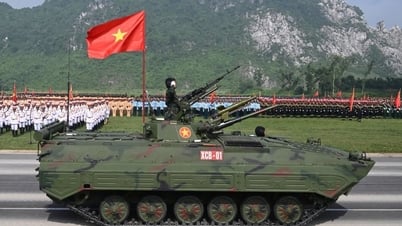

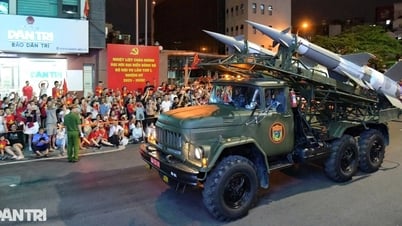
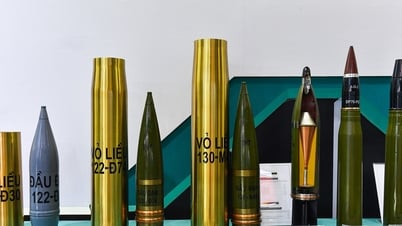













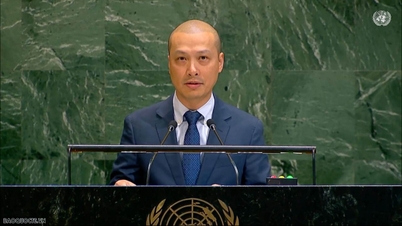



































































Comment (0)